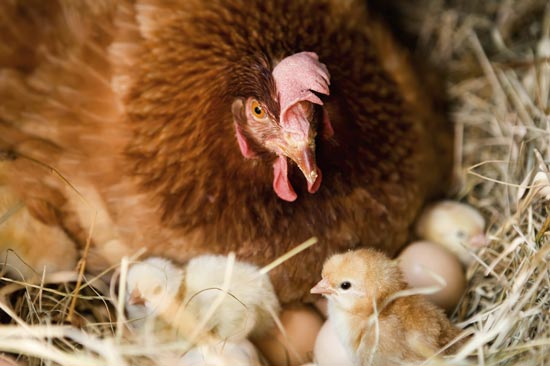What is meant by Broodiness and broody hen? A hen is capable of laying around 1 eggs on a daily basis. Moreover, the hen does not prefer to incubate the eggs until the entire clutch has been laid. Through the use of this strategy, all the chicks hatch right at the same time. The physiological mechanisms and the broody hen …
Read More »Tag Archives: broody hen
Hatching chicken eggs naturally under a broody hen
I have a vast experience of handling 2 dozen babies at the same time – you must be thinking I have gone crazy, or just looking around; however, this is true. Babies, I am talking about my fluffy, cute and fatty hens here. When it comes to hens all the activities are fun – feeding, bathing but more specifically, I …
Read More »
